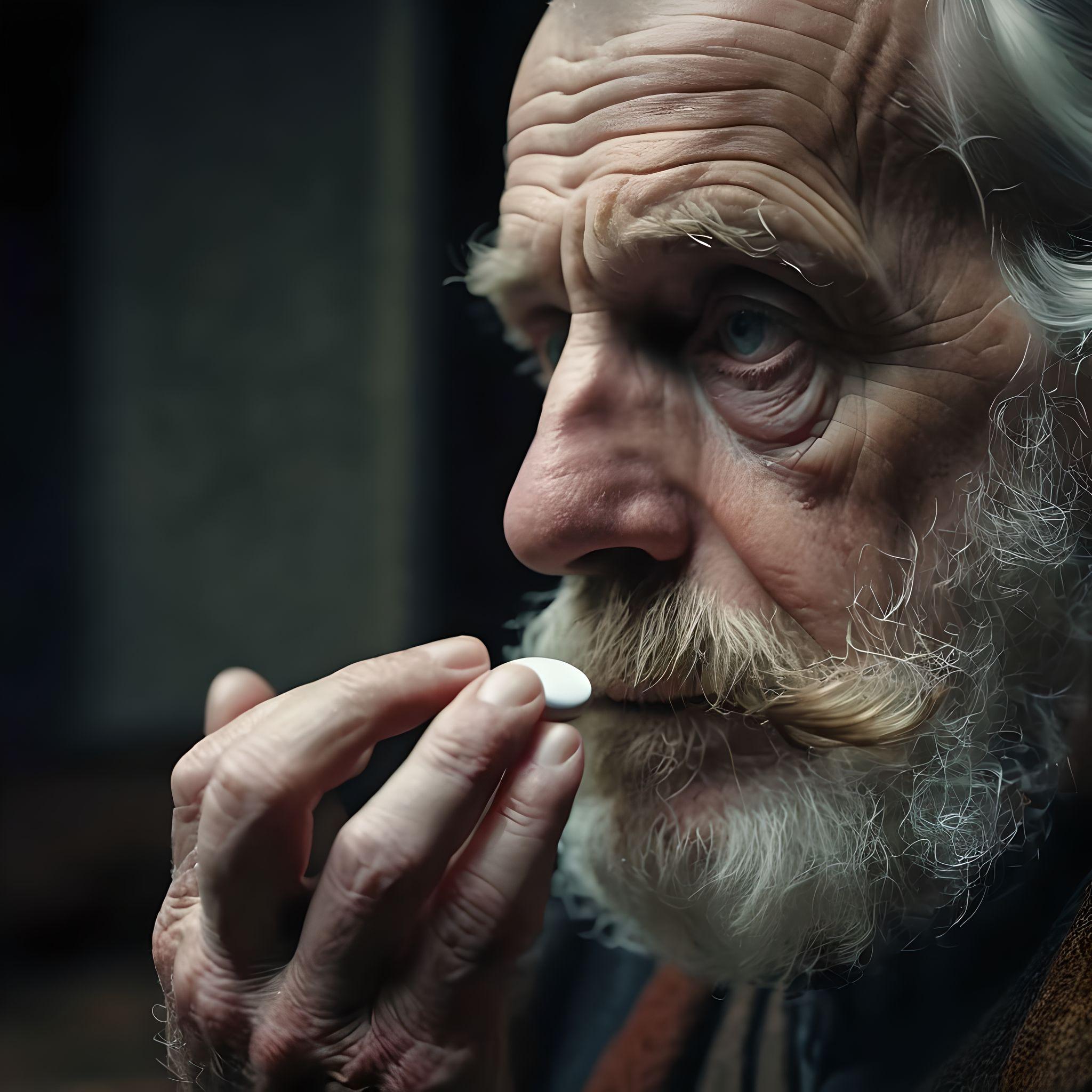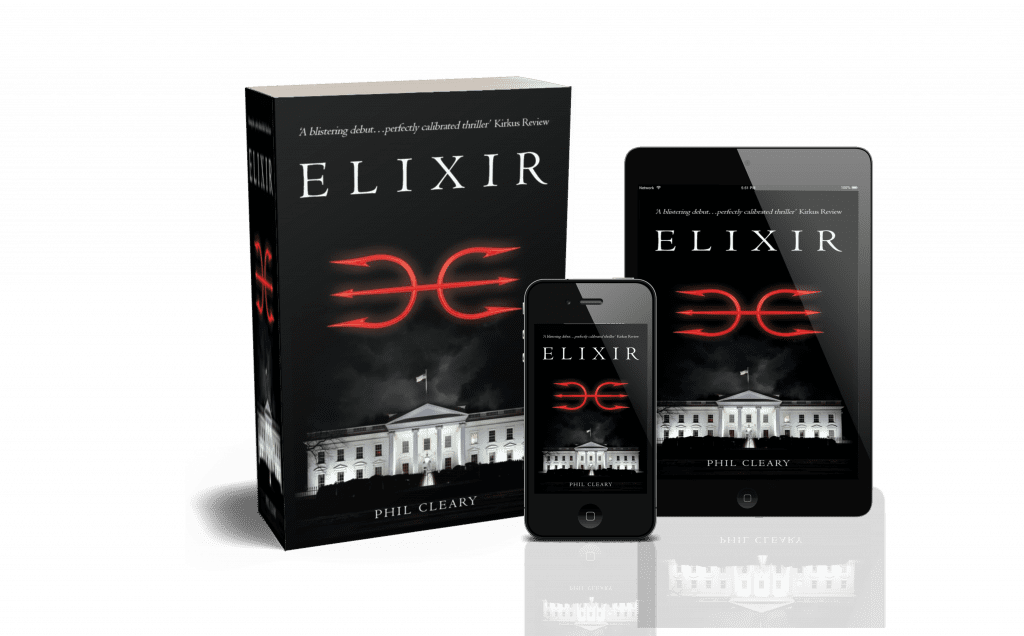08 Jan The Art of Writing Political Thriller ‘Elixir’
I am an avid reader of thrillers, with Tom Clancy and Lee Child being my ‘go-to’ books when on holiday. In fact, it was when I was on holiday that I read an article about the number of laboratories that were working on life-extension drugs, 130 in the US alone at the last count! This stimulated a lot of thought, such as ‘How many people would take the drug if it was proven to extend life?’. A quick straw poll around the pool established that, roughly, 50% would take it (if it was safe and they could afford it); the remainder were either a straight ‘no’ or undecided. However, the ‘undecided’ quickly changed their minds to ‘yes’, when they heard that their partners were going to take it.
Interesting, eh? What about you? Would you take it if you could afford it and it was safe?

So, writing the book. Well, every great thriller starts with a compelling premise. In the case of ‘Elixir’, it’s the accidental discovery of ‘Elixir’ by a financially struggling Californian lab, Pure Industries. This breakthrough has far-reaching implications, triggering a violent struggle for control between the Mob-style gang, led by the extremely wealthy but ruthless Theodore Croft, and a rogue government faction, spearheaded by former Navy Seal Admiral Windlass, who is up to his ears in gambling debt.
The heart of any story lies in its plot, but the characters are important too. Our protagonist, Tom Shaw, is a young CEO on the brink of financial ruin when his company stumbles upon ‘Elixir’. As the story unfolds, he transforms into the most powerful man in the world, overshadowing even the US President. But his success is tinged with sadness as he faces the imminent loss of his wife, the mother of his young son, to a terminal illness.
Croft and Windlass serve as our antagonists, each with their unique motivations and methods. Croft, consumed with avarice, sees ‘Elixir’ as a lucrative business opportunity, while Windlass, a compulsive gambler, heavily in debt, views the drug as both a road to wealth and a potential weapon to wield political power.
Plotting the Story
With the characters and premise in place, the next step is to create a detailed plot outline. The story should be broken down into chapters, each serving a specific purpose in advancing the narrative.
The plot should be filled with tension, conflict, and unexpected twists that keep readers on the edge of their seats. You need to build in the ‘big reveal’, the huge twist in the plot that leaves the reader totally bamboozled. In my case, it was the identity of the ‘mole’ – it turned out to be…nope, sorry, you’re going to have to read the book to find out!
Research and Authenticity
A political thriller necessitates a solid understanding of the political landscape. In-depth research into governmental operations, criminal activities, and the pharmaceutical industry is crucial to lend authenticity to the story. Here, I had a bit of an advantage as a former police officer, as I knew how criminal gangs worked and the operational disciplines of undercover work.

Writing the Draft
Once the plot outline is ready, the actual writing begins. Each scene should be vividly described, immersing readers in the world of ‘Elixir’ (left, in various formats). The dialogue should be crisp and realistic, revealing character motivations and advancing the plot.
Building Suspense
A key element in a thriller is suspense. This can be built through cliffhangers, unexpected plot twists, and deepening mysteries. The struggle for ‘Elixir’ should be fraught with danger, betrayal, and high-stakes decision-making. A trick I was told, which I employed occasionally, was to write a chapter to build tension, and then, effectively cut the last two pages, to leave the reader hanging, desperate to know what happens and then re-insert them a couple of chapters later. Cruel, I suppose, but it’s the way to create a ‘can’t put it down’ page-turner.
Revision and Editing
After completing the first draft, it’s time to revise and edit. This involves tightening up the plot, refining character arcs, and eliminating any inconsistencies. The language should be polished, ensuring that every word serves a purpose and adds to the overall tension and excitement of the story. It’s best to have a separate set of eyes to help you with this, as sometimes you get so familiar with your words that you can become blind to small errors, with your mind just not seeing them. So, here, I was lucky that my wife, Melanie, was a natural at proofreading and never seemed to get tired, reading revision after revision – I can’t thank her enough.
Here’s an idea – when considering whether or not you would take the Elixir, how about reading my book first to see if it changes your mind? [NB – If you’re a journalist, you can grab a free review copy here].


